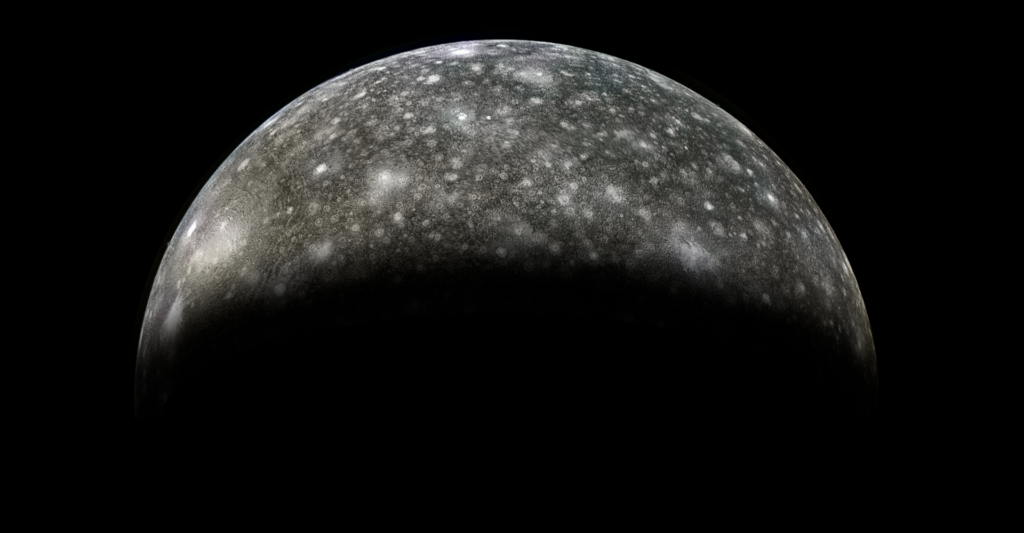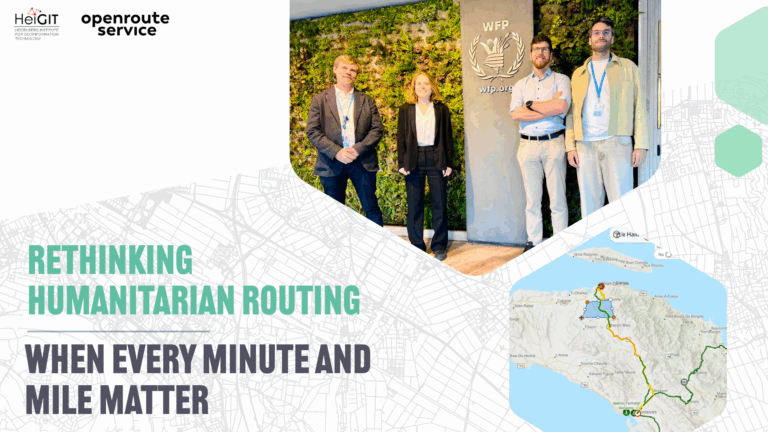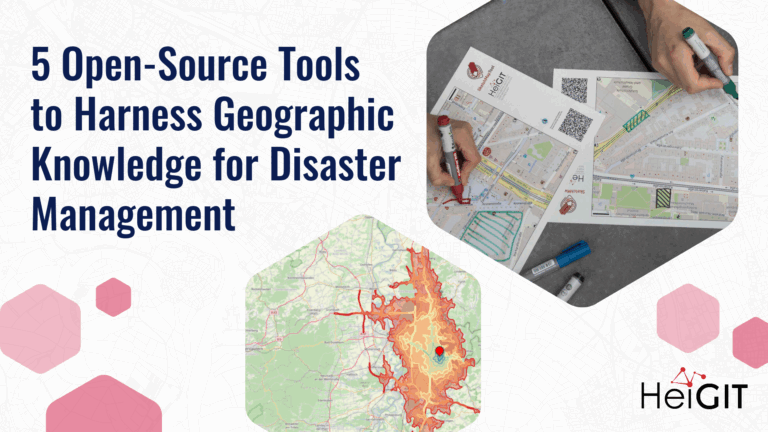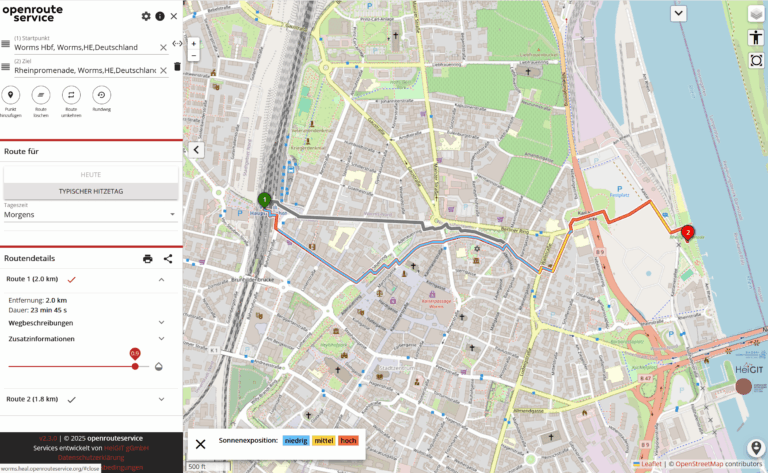figure from CC-BY 2.0 – NASA/JPL-Caltech/Kevin M. Gill – original version at Callisto – July 8 1979
For some time now, the developers of openrouteservice at HeiGIT gGmbH have been hard at work updating the core libraries of openrouteservice to use a newer version of GraphHopper. After many long days and nights, we are finally pleased to announce the release of openrouteservice 7.0, also known as Callisto.
As with a number of previous releases, most users will not notice large differences and changes, with most of the changes being “under the hood” and providing improvements for the routing graph building processes. As there have been so many modifications needed to the openrouteservice code alone (not to mention our forked version of GraphHopper), we have decided to released this update as a new major version.
The main things that people will notice when using openrouteservice in their own infrastructure are:
- Drastically reduced build times – build times for planet-wide graphs have been reduced by up to a half
- Inclusion of GTFS public transport routing in combination with the standard walking profile – when you have GTFS data, you can now include that in the new public transport profile
- Ability to use statistical traffic information from Here – if you have Here traffic data available, you can now include that in openrouteservice routing
- Improved security – we have been actively fixing security vulnerabilities by ensuring the most recent versions of dependencies are being used
- Updated to the latest SpringBoot and Java 17 – openrouteservice now uses a newer version of Java and SpringBoot, which brings increased performance, and openrouteservice can now be deployed directly through Java rather than only through Tomcat.
- Support of Arm64 architecture direct from DockerHub
There have also been many other improvements and bug fixes, which you can find in our changelog.
Currently, we do not have the GTFS and traffic information on our live API, but we are looking into new and innovative ways to provide such information by working with our partners at the GIScience Research Group at the Heidelberg University.
Callisto
Did you know that Callisto is the second largest of Jupiter’s Galilean moons, and even though not the largest moon in the solar system (that honor goes to Ganymede), it is still just as large as the planet Mercury? It has the most cratered and oldest surface of any known object in the solar system, showing no signs of volcanic activity. Among those craters is Valhalla, the solar system’s largest multi-ring impact crater.





